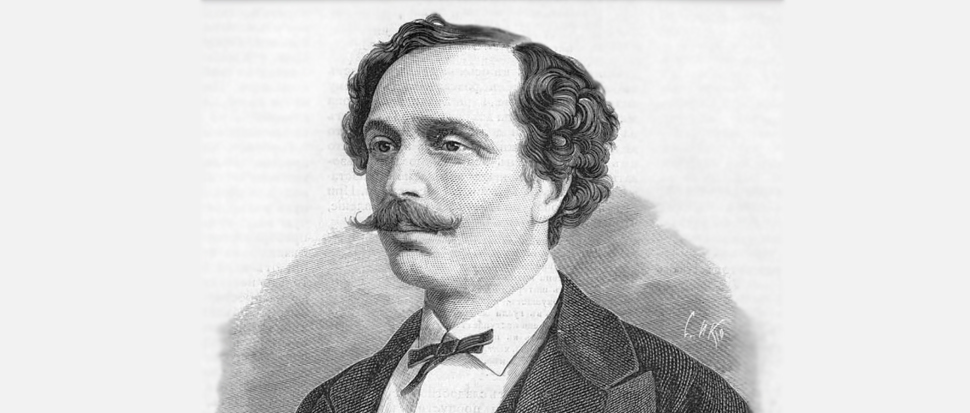In her own words
It is talent that is relevant. Something that reflects passions of the society and maintains the human side in humans.
A trained body of a classical dancer can be tuned for any tasks, while the techniques and some principles of the modern dance have certain restrictions.
Many modern choreographers have lost romanticism in their works. And art in general and particularly ballet needs it, because dance and music belong to our emotional sphere.
I try to choose the performances that are creative in their essence and give us the sense of hope, not an endless catastrophe.
A critic should be able to disassemble the structure of a piece of art while keeping the trust and curiosity, as well as being knowledgeable, of course.
When one makes up the repertoire, it is necessary, firstly, to remember that the theatre works for people, for the audience. And, secondly, one has to think how to make things in such a way that the artistic company will be motivated to live, develop and move forward.
In art you cannot take anything for absolute and narrow it to some mechanical schemes. It is better to combine the principles in order to be more precise when interpreting the author’s style.
All of us, the audience, artists, critics and practitioners, need to overcome the stereotypes of our own thinking.
If you are honest with the audience, it will follow any artistic forms.
Irina Chernomurova
The head of the Department of Strategic Planning of the Bolshoi Theatre of Russia, artistic director of the DanceInversion, International Contemporary Dance Festival, the Merited Art Worker of Russia, Honourary Art Worker of Moscow, Associate Professor of the Moscow State University and Russian Academy of Theatre Arts (GITIS).
For over 17 years she had been the head of the International Relations, Press and Communications Department at the Stanislavsky and Nemirovich-Danchenko Moscow Music Theatre. She initiated exchange tours between the Stanislavsky and Nemirovich-Danchenko Theatre, Hamburg Ballet John Neumeier and the Deutsche Oper am Rhein. Chernomurova brought John Neumeier’s ballets The Seagull (2007), The Little Mermaid (2011) and Tatiana (2015) to the Stanislavsky and Nemirovich-Danchenko Theatre, for the latter project she was awarded with the title of the Person of the Year. She was the first one in Russia who actively started to work with the Spanish choreographer Nacho Duato who staged his ballets Na Floresta and Por vos Muero for the Stanislavsky and Nemirovich-Danchenko Theatre. Another important project by Chernomurova is the Evening of Ballets of Jiří Kylián (Petite Mort/Sech Tanze/ Sleepless/Wings of Wox) that was also taken on tour to the Mariinsky Theatre and Latvian National Opera (Riga) and broadcasted all over Russia. Petite Mort/Sech Tanze and Por vos Muero were awarded with the Golden Mask as the best ballet productions of the season. Her other projects, Napoli by Bournonville and Neumeier's Seagull and Little Mermaid won the Awards "Hit of the Season" and "The Star of Theater-goer" in Moscow.
She was in charge of the tours of opera and ballet companies of the Stanislavsky and Nemirovich-Danchenko Moscow Music Theatre in the USA, the UK, Germany, Italy, Japan, Spain, Latvia, South Korea and China. She was the producer of Debussy’s Pelléas et Mélisande (МАМТ/France/Chekhov Festival) and Britten’s A Midsummer Night’s Dream (МАМТ/ENO). She also initiated the launch of Peter Stein’s production of Aida by Verdi that went on stage of La Scala. Additionally, she has been the author of many promoting campaigns of the theatre and films about it.
She is one of the organizers and artistic director (from 2009) of the DanceInversion, International Contemporary Dance Festival (founded in 1997). In almost 20 years the festival presented to the Russian audience the works of many prominent international choreographers, such as Angelin Preljocaj, Carolyn Carlson, Josef Nadj, Karine Saporta, Claude Brumachon, Montalvo-Hervieu, Murad Merzuki, Michael Le Maire, Itzik Galili, Emio Greco, Jiří Kylián, Sol León/Paul Lightfoot, Alexander Ekman, Richard Alston, Akram Khan, Candy Co., Trisha Brown, Doug Varone, Paul Taylor, Stephen Petronio, Aszure Barton, Shen Wei, Alvin Ailey American Dance Theater, Dayton Dance Company, Complexions, Wim Vandekeybus, Jan Fabre, Sidi Larbi Cherkaoui, Ballet C de la B, Gideon Obarzanek and Sydney Dance Company, Amanda Miller, Sasha Waltz, Youri Vámos. In the programme of the festival participated such choreographers and companies as Édouard Lock (Canada), Jo Strømgren (Norway), Mauro Bigonzetti (Italy), Ohad Naharin (Israel), Cie Salia Ni Seydoy (Burkina Faso), Corpo (Brazil), Mao Group (New Zealand), The National Ballets of the Czech Republic and Portugal, the Polish Dance Theatre from Poznan; Rocio Molina, Rafaela Carrasco and Israel Galván from Spain.
The festival originally represented Russian choreographers, such as Yevgeny Panfilov, Tatiana Baganova, Olga Pona, Sergei Smirnov. Numerous master classes of foreign choreographers were part of the festival. Festival programmes were presented in Volgograd, Nizhny Novgorod, Perm, Yaroslavl, Novosibirsk and St. Petersburg.
Before she joined the Stanislavsky and Nemirovich-Danchenko Theatre, she worked for several years for the Russian Federation’s Union of Theatre Workers where she organized international seminars for theatre directors (three cycles of the Russian-Dutch seminar). She was one of the organizers of the Golden Mask Award and Festival.
From 1978-1988 she worked at the Bakhrushin Theatre Museum where, as the Deputy Director of Research and Development, she organized the following exhibitions: “Dodin. Nekrošius. Vasiliev”, “Korovin" — from Impressionism to Expressionism”, “Theatre of the Pushkin Era”, “Maya Plisetskaya”, “Alexandra Exter”, “Soviet Theatre of the 1920-s – 1930-s” (for Moscow Days in Munich). She was an author of various lectures and thematic evenings at the museum.
As a theatre critic she has written many articles and reviews for important Russian newspapers and magazines. She took part in many professional seminars on opera direction.
Since 1988, she has been teaching at the GITIS, Moscow State University, Moscow Arts Theatre Studio-School (American Studio) and G.G. Dadamyan Graduate School for Theatre People.


